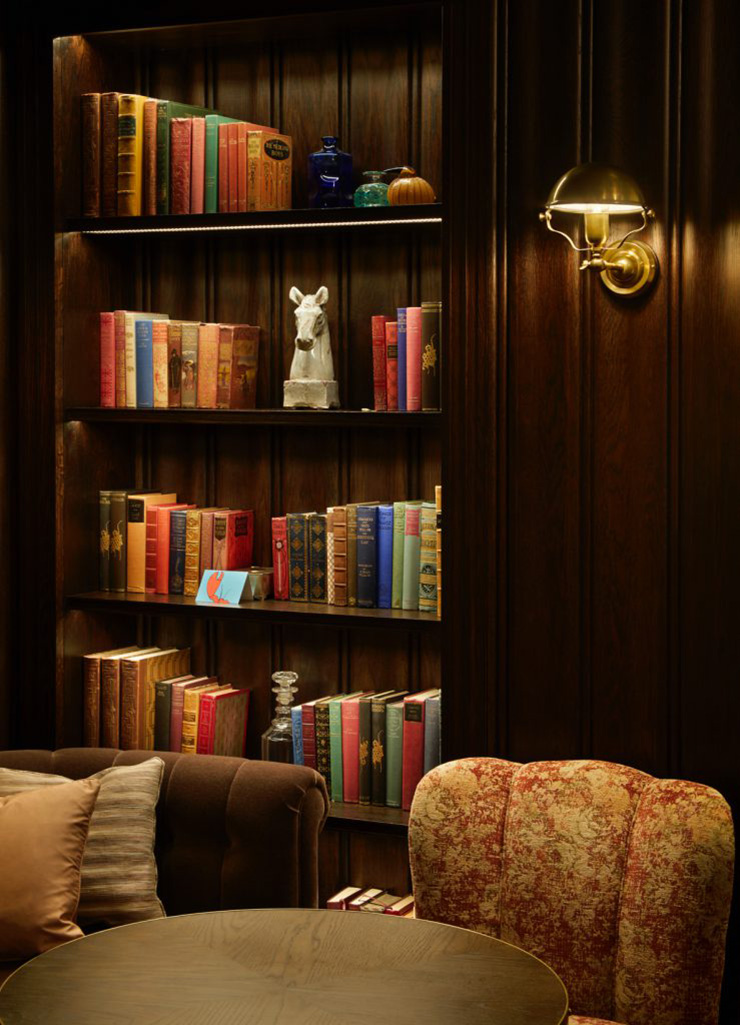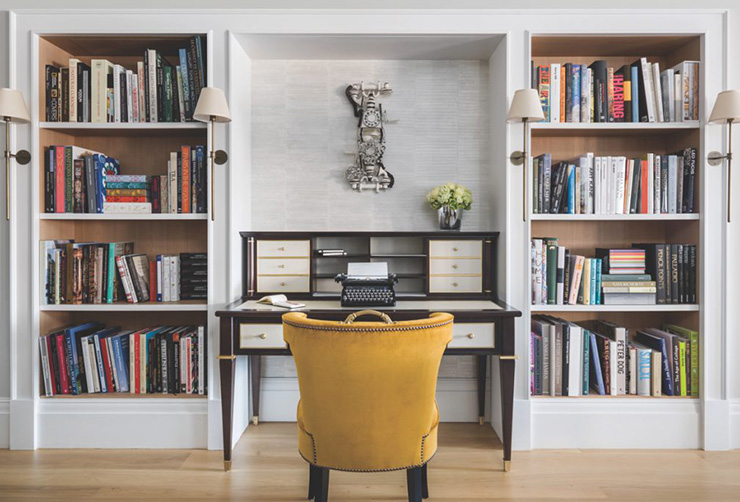“I needed something that really brought the kitchen to life, and I didn't know where to start! Kate&Sam were brilliant at making me feel involved while also using their expertise to push ideas that really worked!”
Matt
“Kate totally got what we were trying to do and worked really quickly to provide the information we (and our electrician!) needed. Kate is clearly very talented and experienced, she was recommended to me and I would have no hesitation recommending her to anyone else.”
Vicky C
“I have worked with Kate and Sam on a few projects now. They have been involved in the lighting design from the outset. Their response was always personal, creative and imaginative with options to develop and choose from. They were always available, delivered to the project timescales and I have no hesitation in recommending their services”
Bryn G
 Collaboration Ina Rinderknecht
Collaboration Ina Rinderknecht
 Collaboration Michaelis Boyd Associates
Collaboration Michaelis Boyd Associates
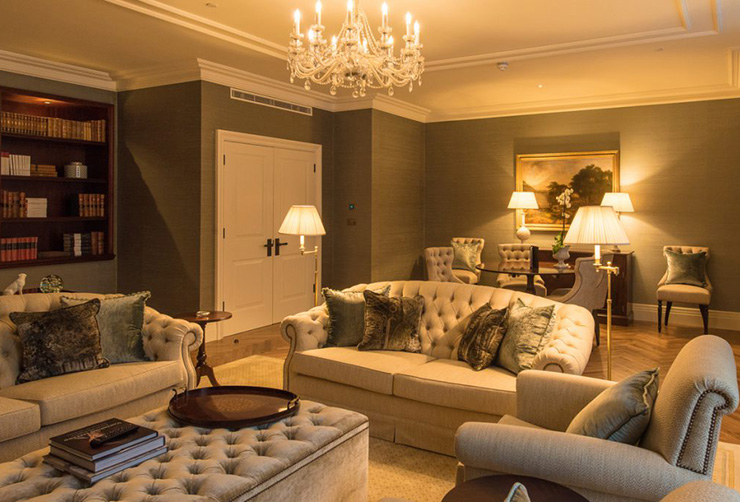 Image courtesy of Adare Manor Hotel
Image courtesy of Adare Manor Hotel
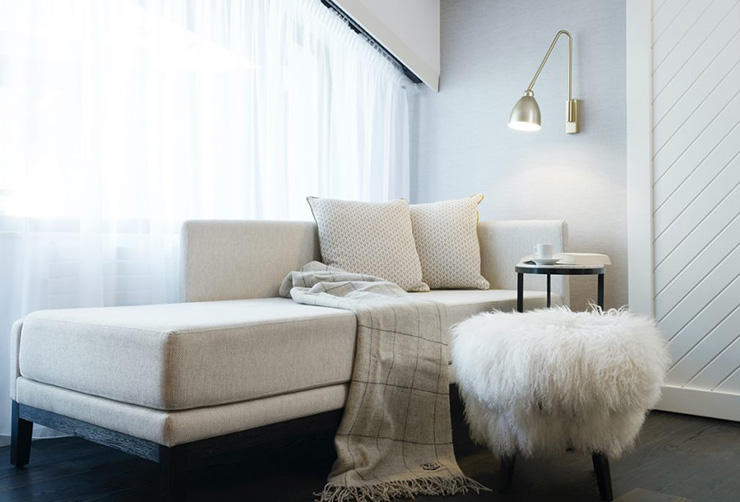 Collaboration Ina Rinderknect
Collaboration Ina Rinderknect
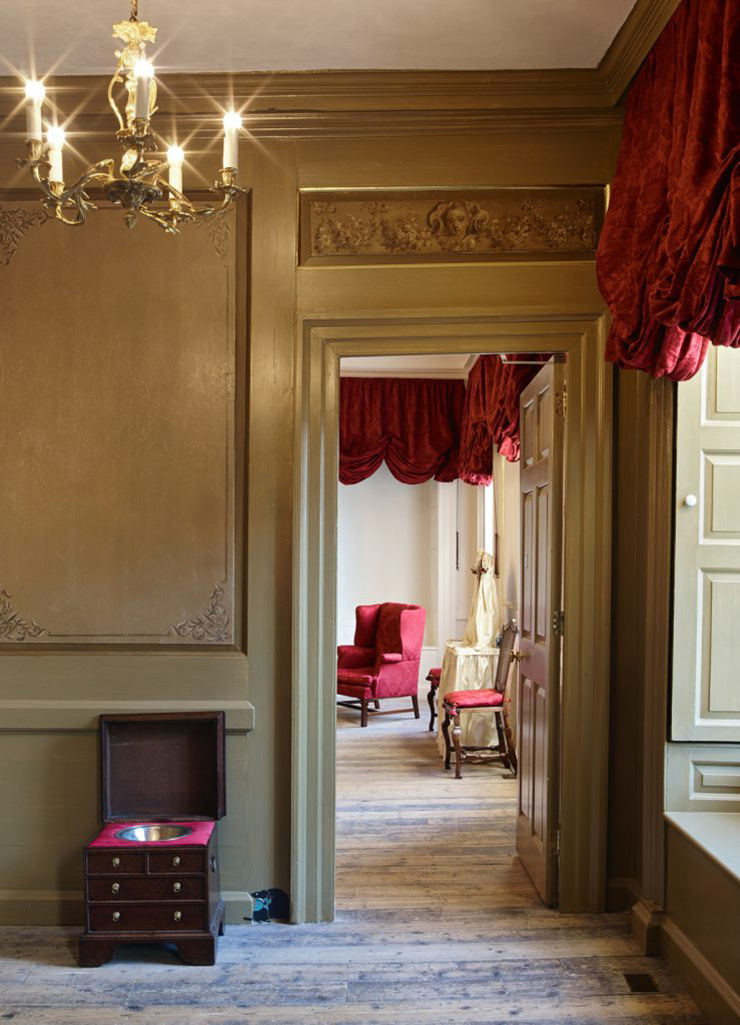 Collaboration Enigma Creative Solutions & Austin-Smith:Lord
Collaboration Enigma Creative Solutions & Austin-Smith:Lord
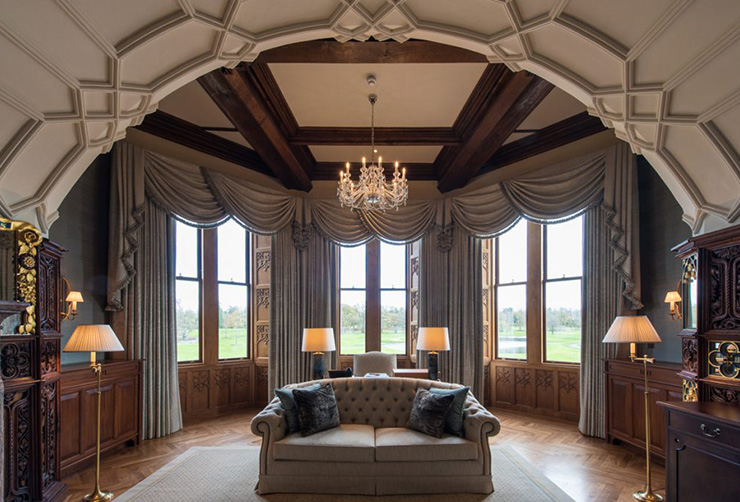 Image courtesy of Adare Manor Hotel
Image courtesy of Adare Manor Hotel

